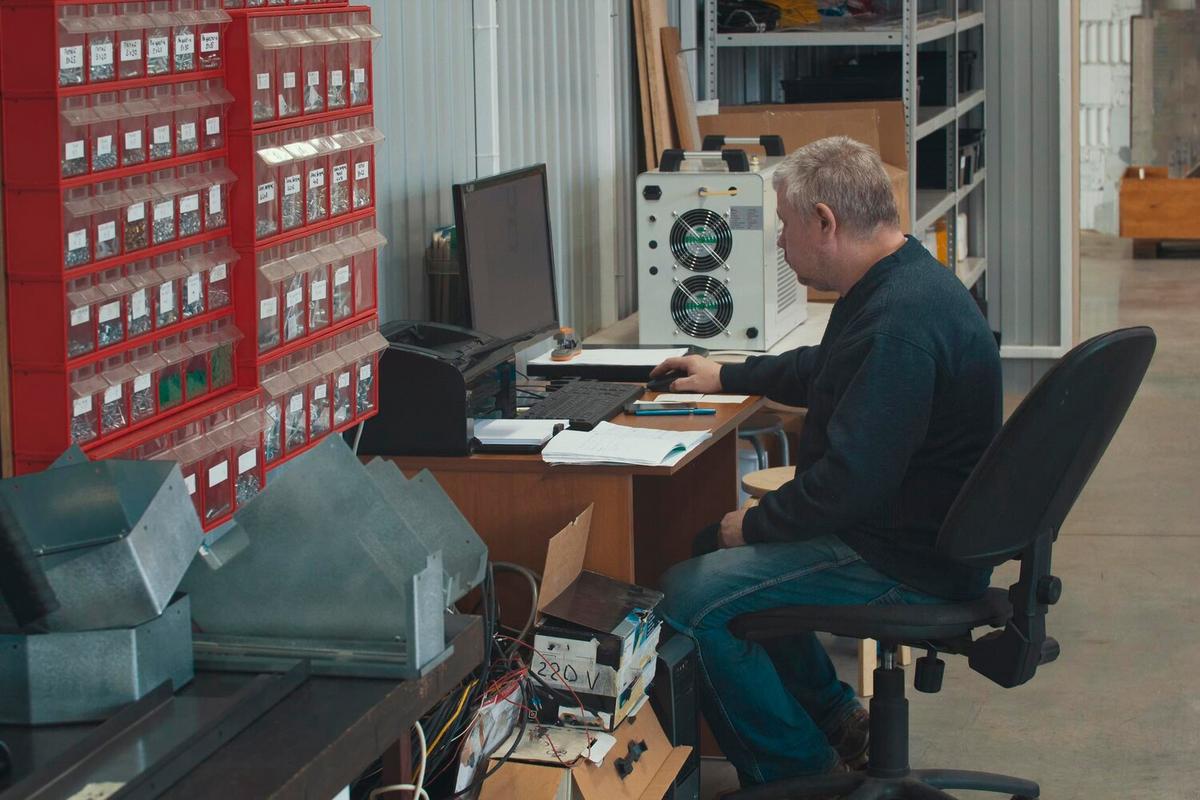Cryptocurrency mining is the process of validating transactions and adding them to the blockchain, a digital ledger. For many tech enthusiasts and investors, mining offers an exciting opportunity to participate in the cryptocurrency ecosystem. But how do you get started? This guide will walk you through the basics, offering valuable insights and tips to help you on your mining journey.
Understanding Cryptocurrency Mining
At its core, cryptocurrency mining involves solving complex mathematical problems to validate transactions on a blockchain network. This process not only keeps the network secure but also introduces new coins into circulation. Many miners are drawn to this activity for the potential profits, as successful mining can lead to financial rewards in the form of cryptocurrency.
What Experts Say
According to blockchain expert Andreas Antonopoulos, “Mining is a competitive lottery that prevents any individual from easily adding new blocks consecutively in the blockchain.”
Why Mine Cryptocurrency?
There are several reasons why individuals choose to mine cryptocurrency. Some seek financial gain, while others are interested in supporting the technology behind cryptocurrencies. According to a 2022 survey by the Cambridge Centre for Alternative Finance, over 40% of miners cited technological interest as their primary motivation.
What You Need to Start Mining
- Hardware: A robust computer with a powerful graphics processing unit (GPU) or an application-specific integrated circuit (ASIC) is essential.
- Software: Mining software like CGMiner or BFGMiner is necessary to connect to the blockchain network.
- Wallet: A digital wallet to store your mined coins securely.
- Reliable Internet: A stable internet connection is crucial for uninterrupted mining operations.
- Electricity: Consider the cost of electricity, as mining can be energy-intensive.
A Step-by-Step Guide to Mining
- Select Your Hardware: Decide between a GPU or ASIC setup based on your budget and mining goals.
- Choose Mining Software: Download and install software compatible with your hardware.
- Join a Mining Pool: Increase your chances of earning rewards by joining a group of miners who share their resources.
- Configure Your Setup: Adjust settings in your software to optimize performance.
- Start Mining: Begin the mining process and monitor your progress through your software’s dashboard.
| Hardware | Pros | Cons |
|---|---|---|
| ASIC | High efficiency, faster mining | Expensive, less flexible |
| GPU | More versatile, can mine various coins | Lower efficiency compared to ASICs |
Consider starting with a GPU setup to learn the ropes before investing in more expensive ASIC equipment.
Challenges and Considerations
While mining can be rewarding, it’s essential to be aware of the challenges. The difficulty level of mining can increase over time, and competition is fierce. Additionally, high electricity costs can eat into profits. It’s crucial to calculate potential earnings and expenses before starting.
Frequently Asked Questions
What is the most profitable cryptocurrency to mine?
The profitability of mining a specific cryptocurrency can vary based on market conditions, mining difficulty, and hardware efficiency. It’s best to research current trends and use profitability calculators to make informed decisions.
Can I mine cryptocurrency on my laptop?
While technically possible, mining on a laptop is not recommended due to its limited processing power and potential for overheating.
How do mining pools work?
Mining pools are groups of miners who combine their computational power to increase their chances of solving blocks and earning rewards. The rewards are then distributed among the pool members based on their contributed work.
Conclusion
Cryptocurrency mining is an intriguing venture that combines technology and finance. By understanding the basics and preparing adequately, you can join the ranks of miners around the world. Remember to start small, stay informed, and gradually scale your operations as you gain experience. Happy mining!



Leave a Reply